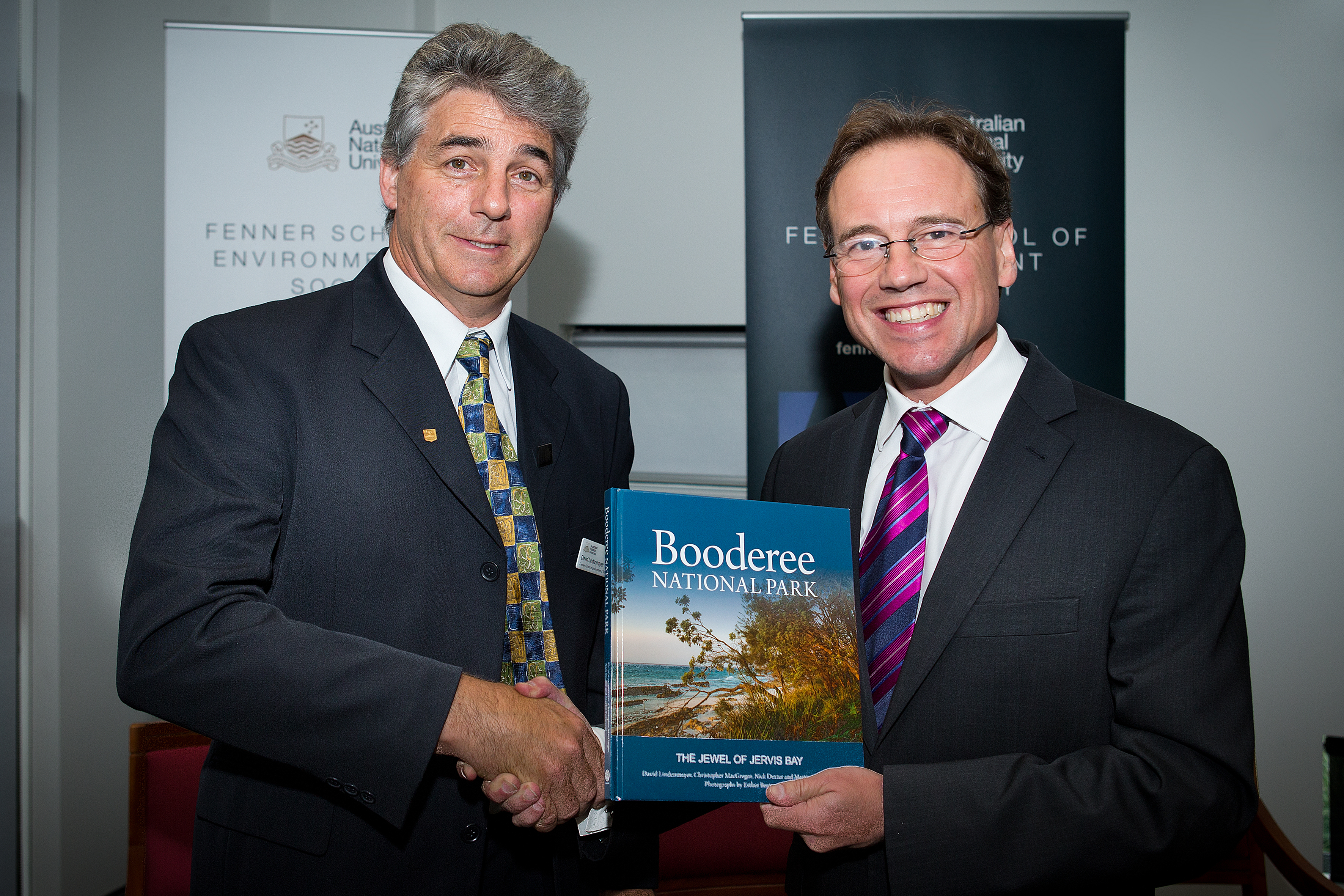Detailing diversity of life in Booderee National Park

A new book detailing the rich diversity of life in one of Australia’s greatest and most popular national parks, the Booderee National Park, has been written in a unique collaboration between ANU researchers, Parks Australia managers and the Wreck Bay Aboriginal Community.
Booderee National Park, at Jervis Bay south of Sydney, receives more than 450,000 visitors annually – more than Kakadu and Uluru National parks combined – and is a major part of Australia’s tourism infrastructure.
The book contains stunning images of the park, its plants and wildlife, and examines research spanning more than a decade into the park’s biodiversity.
The authors find the park, which covers 6,600 hectares of land and coast, is both thriving and surviving, despite challenges posed by the large number of visitors, and from bushfires, invasive plants species and feral pests, such as the Red Fox.
“This park is a crucial part of the nation’s tourism infrastructure, but it still maintains its ecological integrity,” said lead author and ecologist Professor David Lindenmayer, from the ANU Fenner School of Environment and Society.
ANU researchers have written more than 30 major scientific papers as a result of the partnerships with Parks Managers since 2002.
They continue to work together to monitor plant and animal life on the park, and to control weeds and find ways to control invasive plants and feral pests.
Minister for the Environment, The Hon Greg Hunt MP, launched the book and praised the collaboration between ANU and Parks Australia.
“They have contributed to the sum knowledge of our nation’s great environment,” Mr Hunt said.
“This park is one of the great environments in Australia, and in the world.
“This (book) is a chronicle of a successful partnership between the Wreck Bay Community, Parks Australia and ANU.”
Booderee National Park Resource Manager Dr Martin Fortescue said the book would explain the ecology of the park and would help visitors understand its unique attractions and conservation challenges, including measures to protect the globally endangered Eastern Bristlebird.
 Follow
Follow